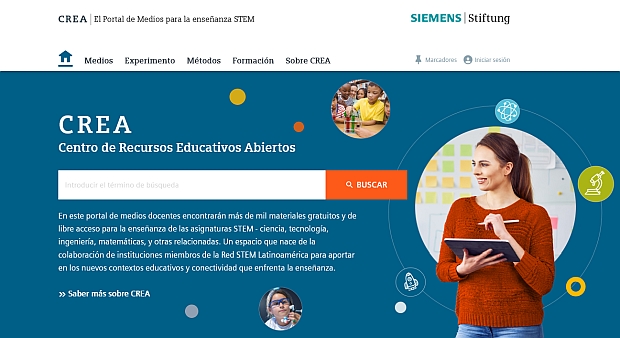Thermal energy
Image
Diagram:
Formulas for the thermal energy of gases and temperature as a function of their molar heat capacity at constant volume.
Type of media:
Image (114.7 kByte)
Last update:
2018-10-26
License:

This medium is made available under a CC BY-SA 4.0 international license.
What does this mean?
How to reference this medium

This medium is made available under a CC BY-SA 4.0 international license.
What does this mean?
How to reference this medium
Media package:
Description:
The thermal or internal energy of a substance is the sum of the kinetic energies of its atoms or molecules. This energy is measurable as temperature. If you supply heat to the substance, the particle speed increases and the temperature rises. In the case of molecular gases, the supply of heat in addition to the translatory motion can excite other forms of motion (rotation and oscillation). This finds expression in the stepped curve of the molar heat capacity (diagram at the right). The molar heat capacity of a substance is the amount of energy required to raise 1 mole of a substance by 1°C. For gaseous substances, the following applies: If the gas particles move only linearly (translation), the amount of heat that is required to raise the gas by 1°C remains constant at 3R/2. In the case of molecular gases, the molecules start to rotate when a specific temperature is reached. In this area (linear increase in the diagram), more energy must be supplied to raise the temperature by 1°C, since the energy goes not only into the translatory motion, but also into exciting the rotation. If all particles are made to rotate, the energy required to raise the temperature by 1°C is again constant at 5R/2. The rise at the point of transition from rotation to oscillation can be explained in a similar way.
Information and ideas:
The overview graphic summarizes the topic of thermal energy using the example of gases. You will find detailed explanations as well as an explanation of the heat in solid bodies in the guideline “What is energy?"
Information and ideas:
The overview graphic summarizes the topic of thermal energy using the example of gases. You will find detailed explanations as well as an explanation of the heat in solid bodies in the guideline “What is energy?"
Learning resource type:
Illustration
Subjects:
Chemistry; Physics; Technology
Grade levels:
Grade 10 to 13
School types:
Middle/high school; Vocational training
Keywords:
Chart; Energy; Heat; Physics; Power generation; Power plant; Energy source; Form of energy; Graphics; Heat; Source of energy; Thermal power plant; Thermodynamics
Bibliography:
Siemens Stiftung Media Portal
Author:
MediaHouse GmbH
Rights holder:
© Siemens Stiftung 2018



